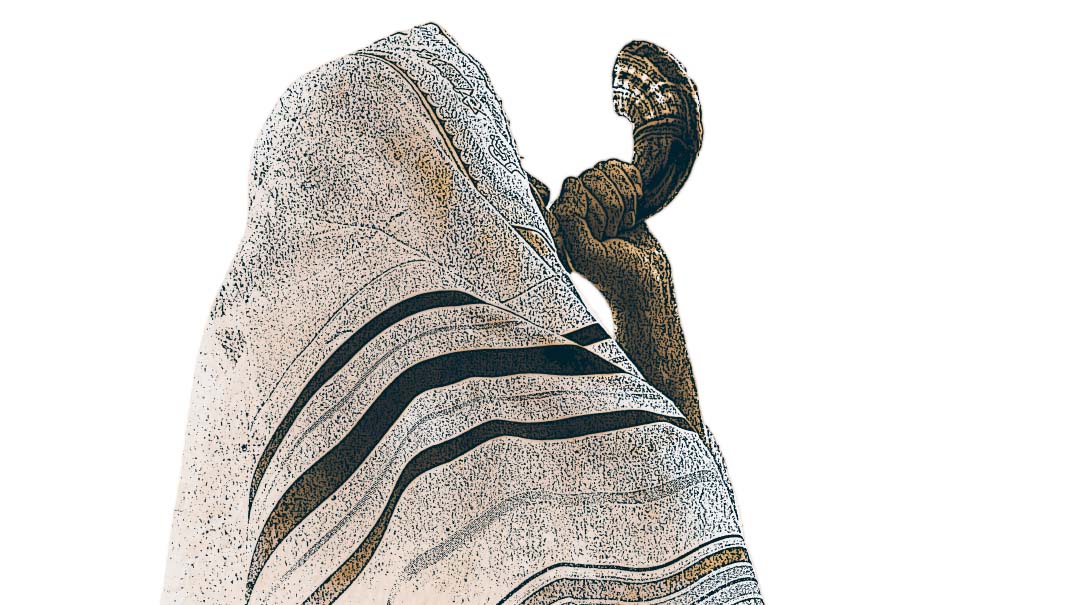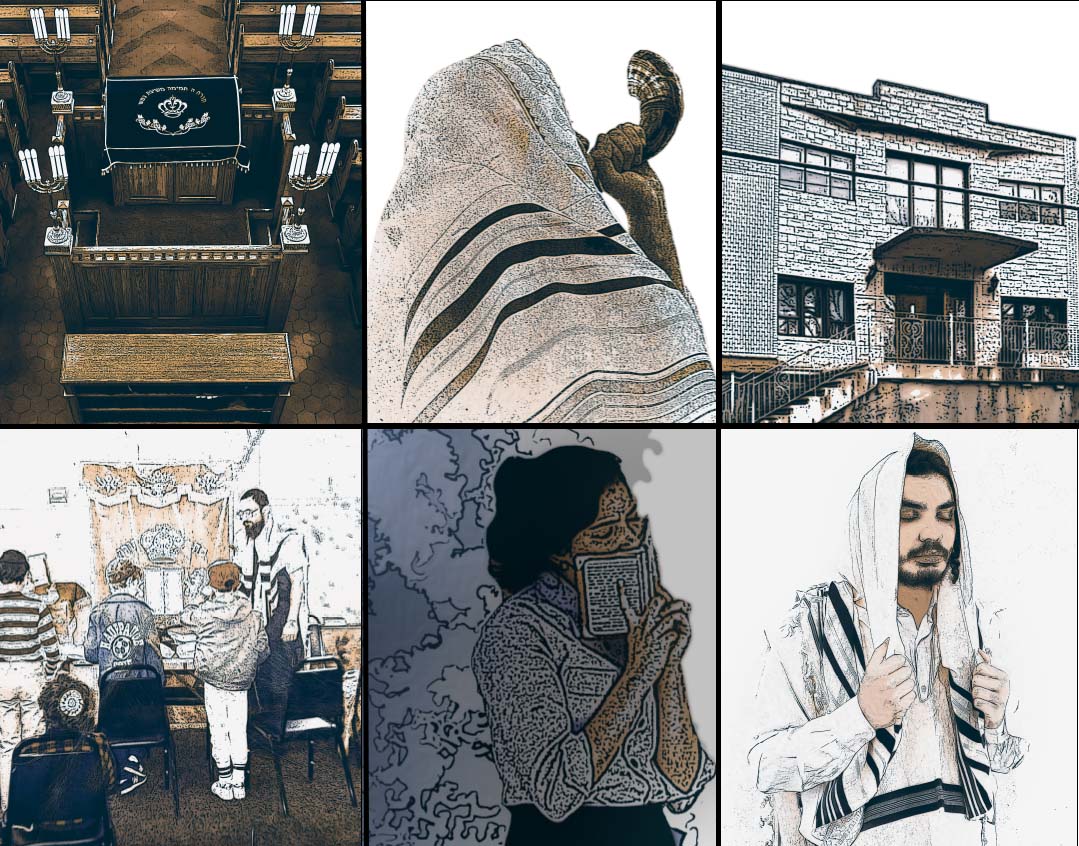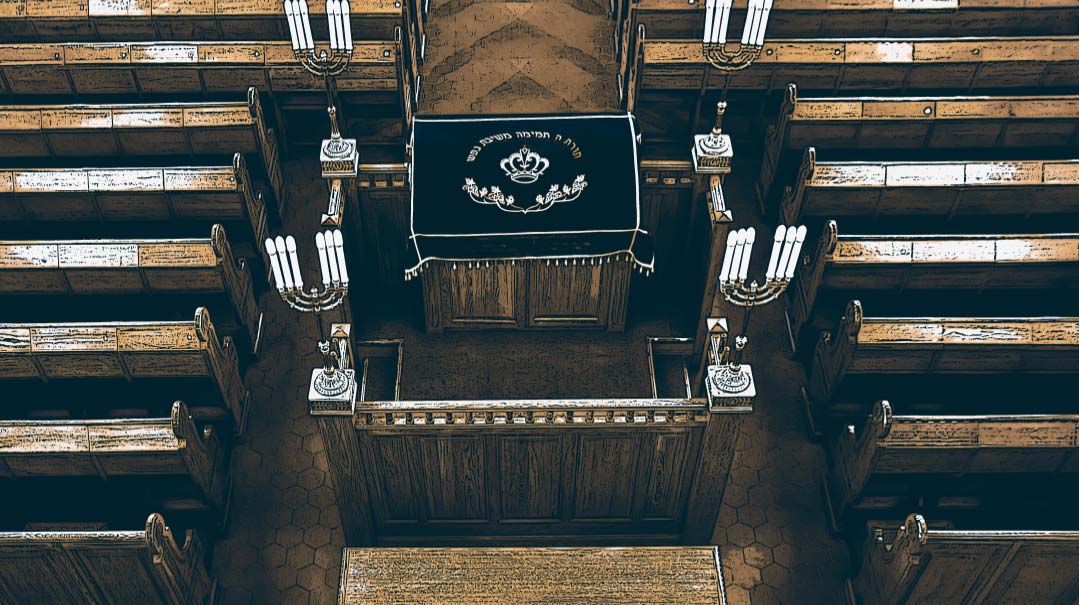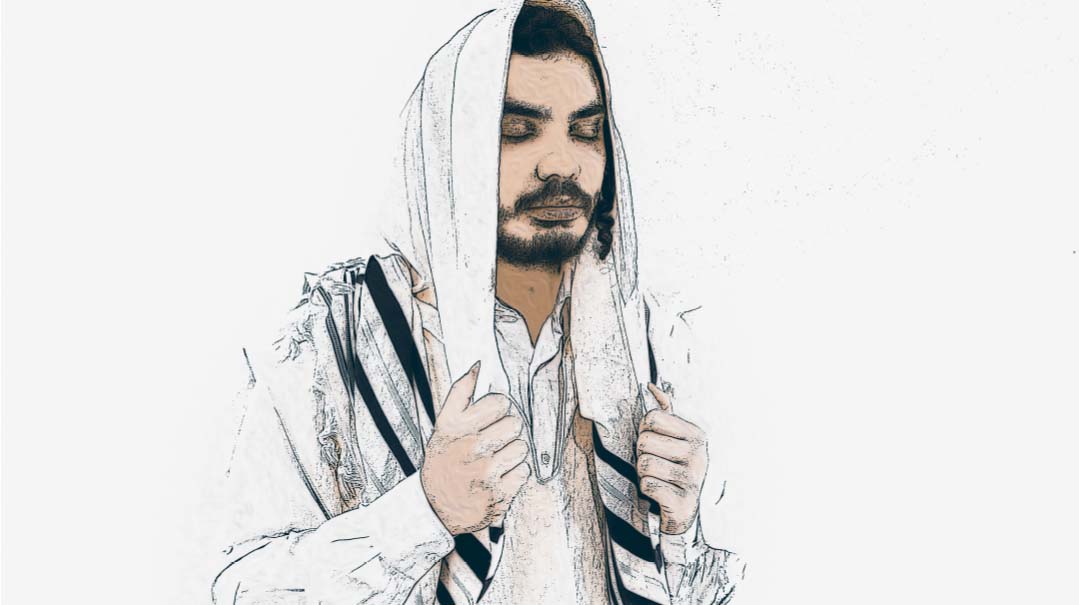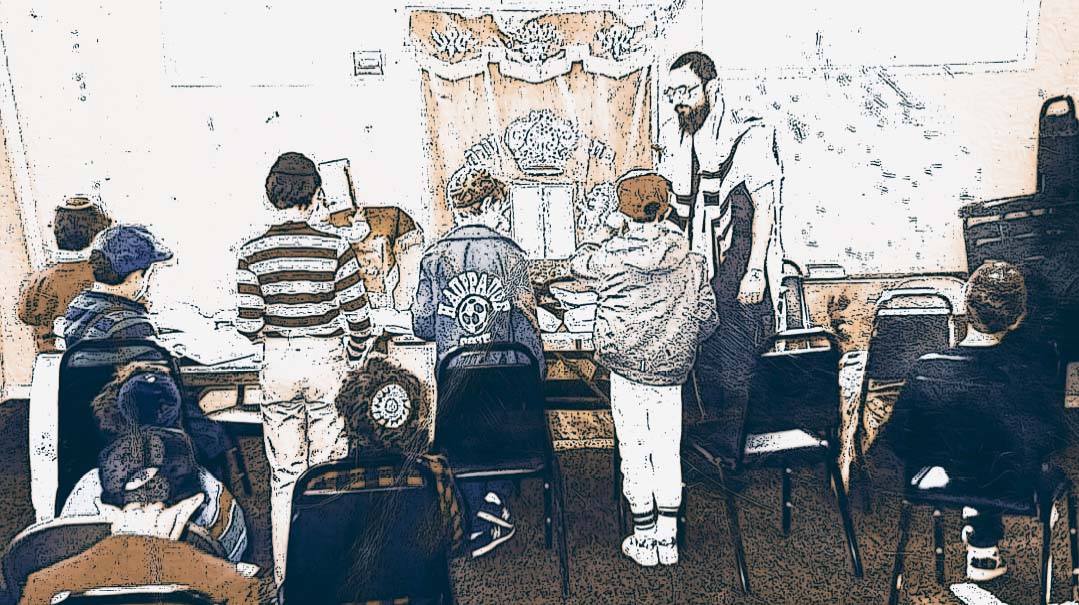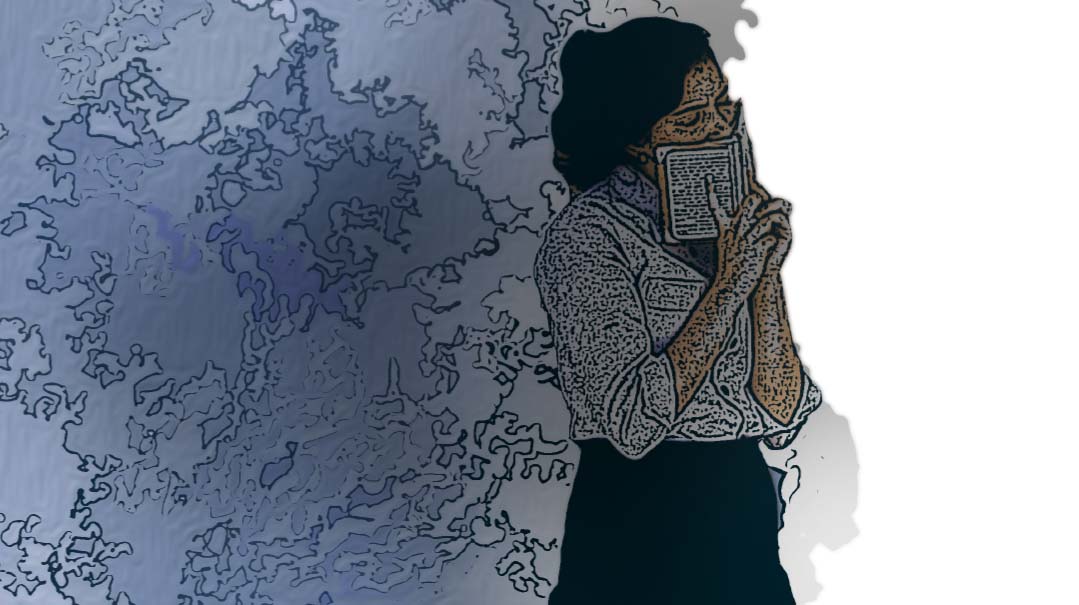View from the Veiber Shul
| August 31, 2021It was during Yamim Noraim, however, that the shul took on a completely different appearance — at least in the veiber shul
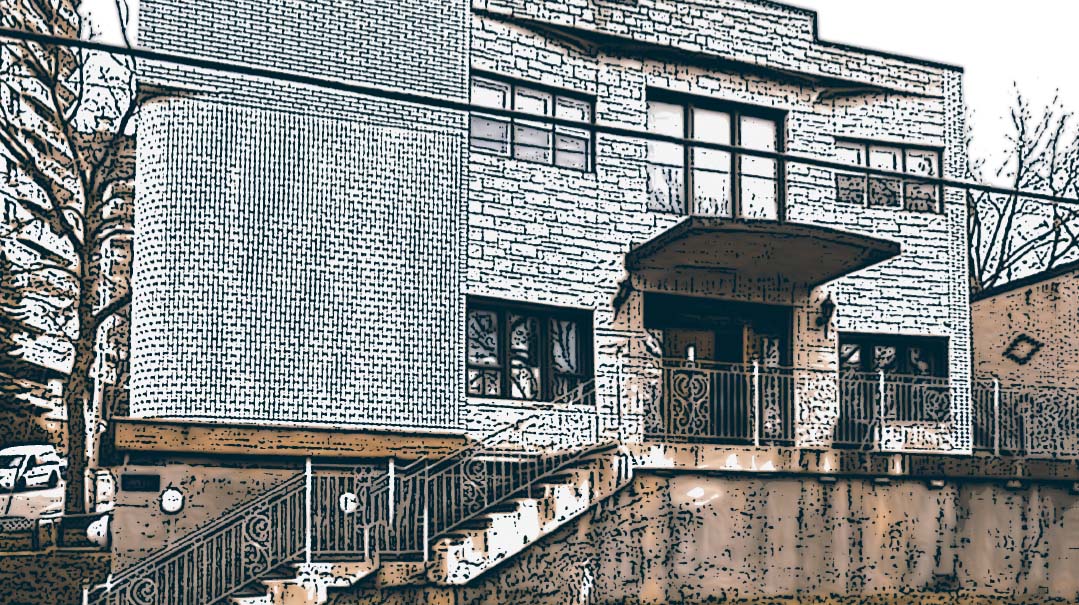
Beis HaKnesses Tefillah l’Moshe d’Zhibo
Montreal, Quebec
Shoshana Sperling
The smell of it lingers strongest in memory, I think. When I opened the heavy door, it was always the smell that hit me first: the combined odor of bleach, old plumbing, water-damaged wood, burnt kugel, and the infinitesimal trace of perfume left by the women who had preceded me up the stairs.
The gallery was a long, relatively narrow space, running the width of the men’s shul below. It was dim; the windows at the rear did not let in much light, and one or two of the fluorescent bulbs overhead always seemed on the verge of giving up.
We went almost every Shabbos, my sisters and I. My mother stayed home with my younger siblings, but we would often accompany my father on Friday nights and amuse ourselves in the deserted veiber shul. Maybe we davened; more likely, we entertained ourselves in a variety of ways. We roamed the gray-painted pews, patiently checking each hinged cubby for some forgotten treasure. Mostly, they were disappointingly empty, but occasionally we came across an extra pair of reading glasses, a box of tissues, and once or twice, a few candies, stuck fast to their wrappers. The seats themselves would have been unforgivingly hard but for the flat stadium cushions that someone in a bygone era had thoughtfully provided, each bearing the faded logo of the Montreal Alouettes.
Our seats were in the first row, overlooking the men’s shul below. The not-so-sheer yellow half-curtain that stretched across the front of the veiber shul did not allow us an unobstructed view of the goings-on below, but if we positioned ourselves properly, we could align ourselves with a gap that sometimes appeared where two pieces of curtain failed to meet and see the action downstairs more clearly.
Oops! We could not locate your form.

